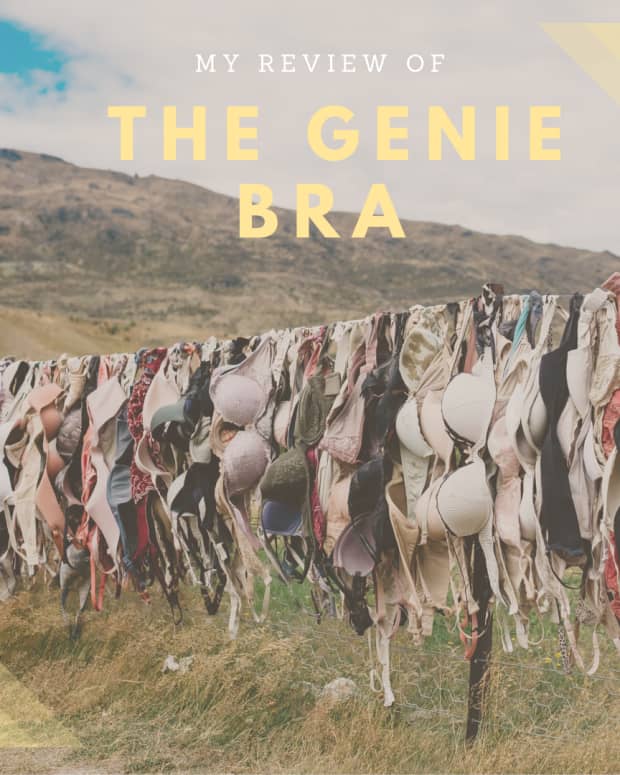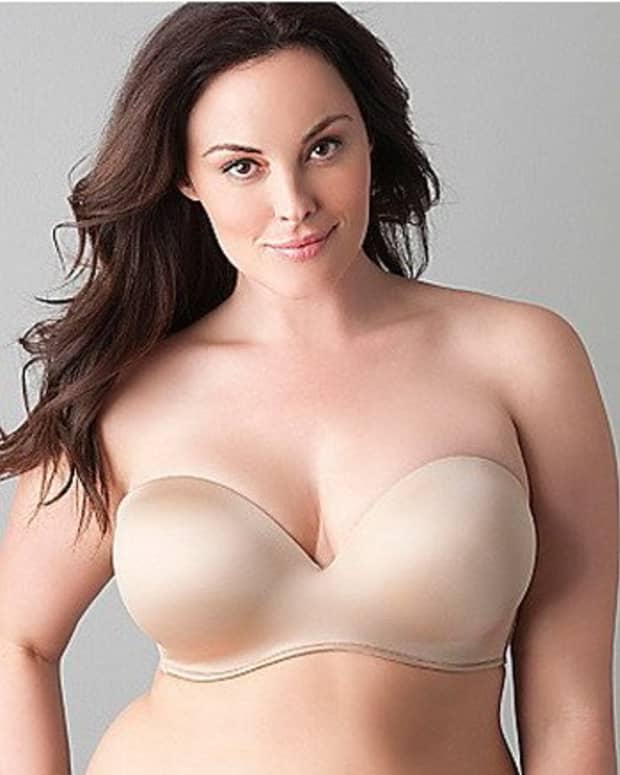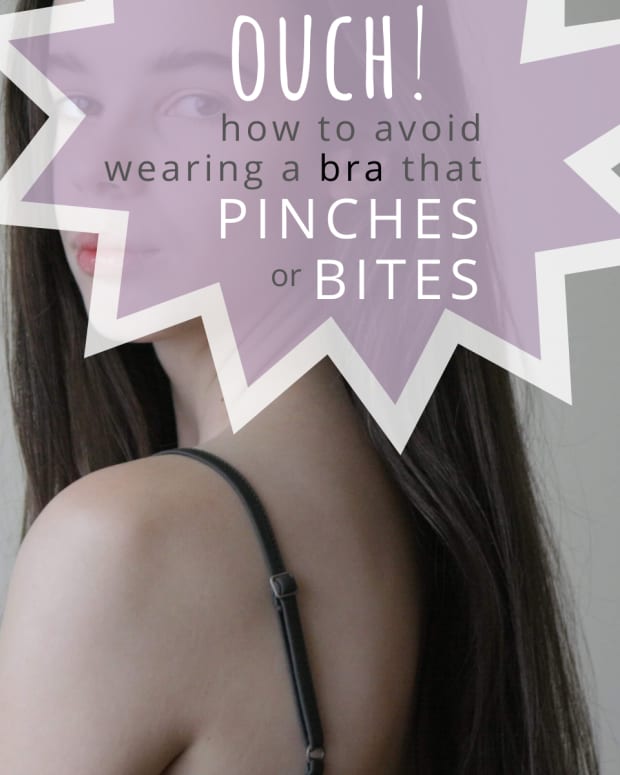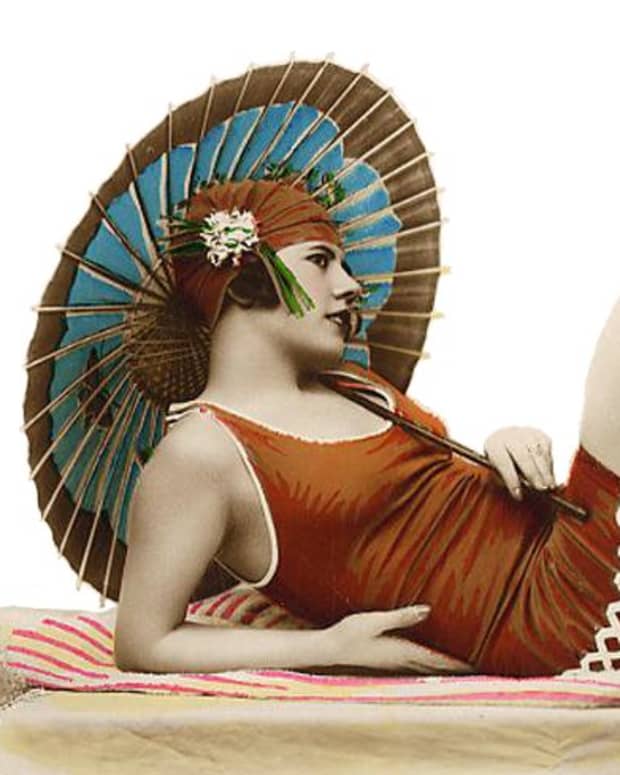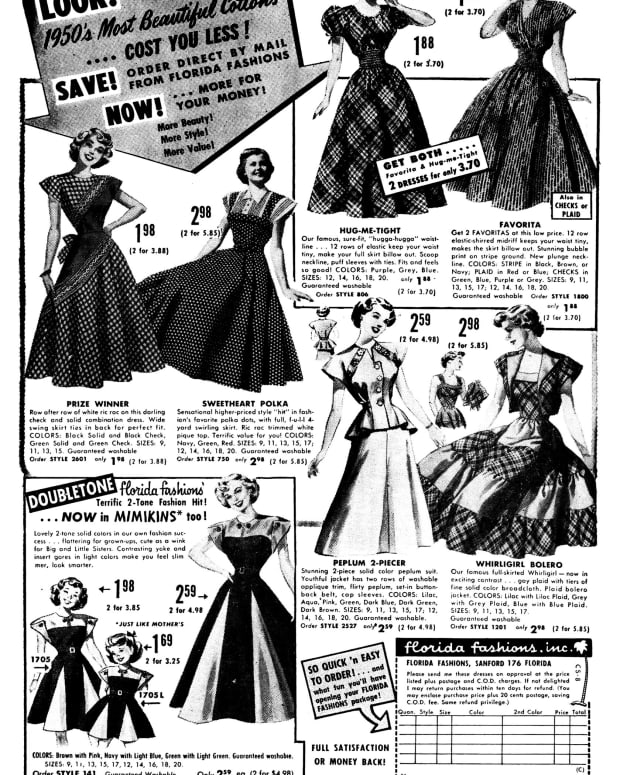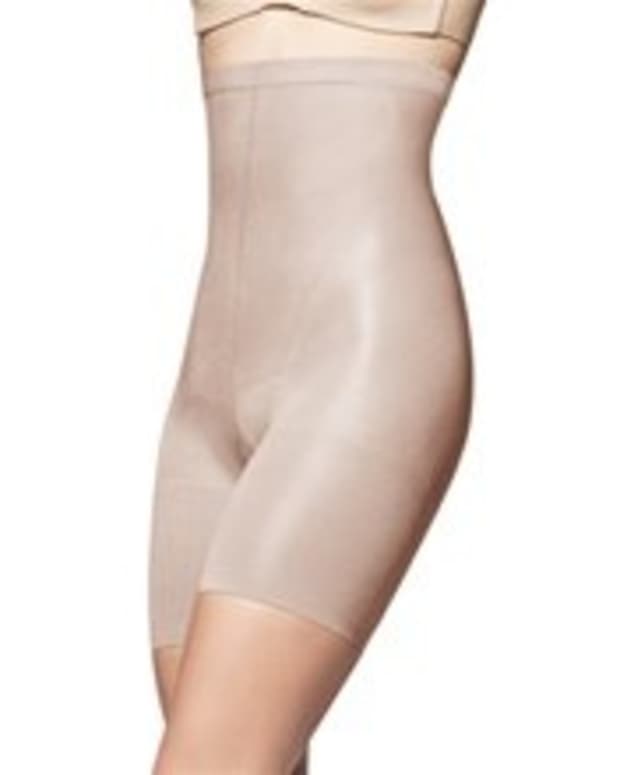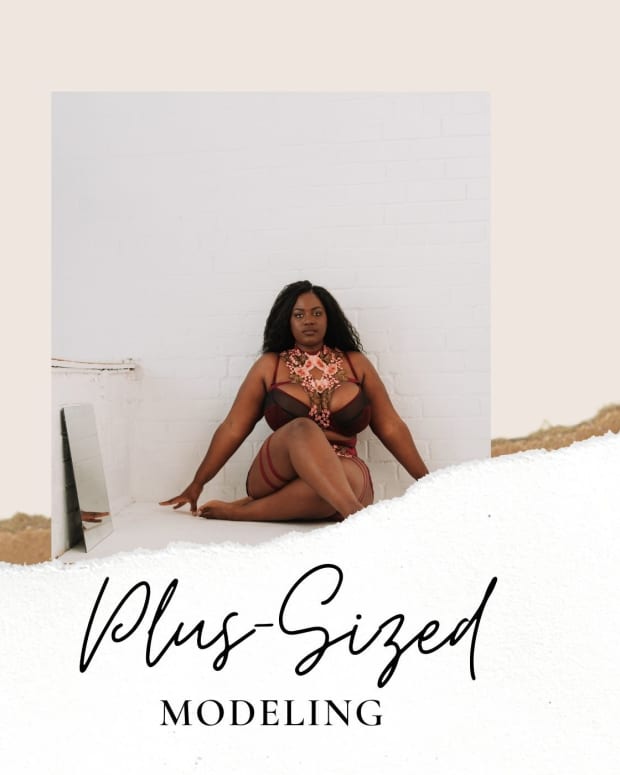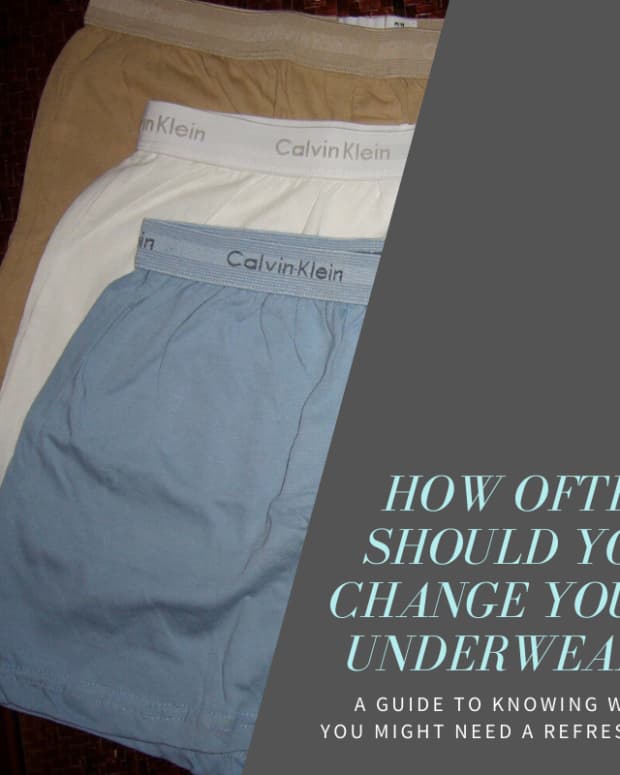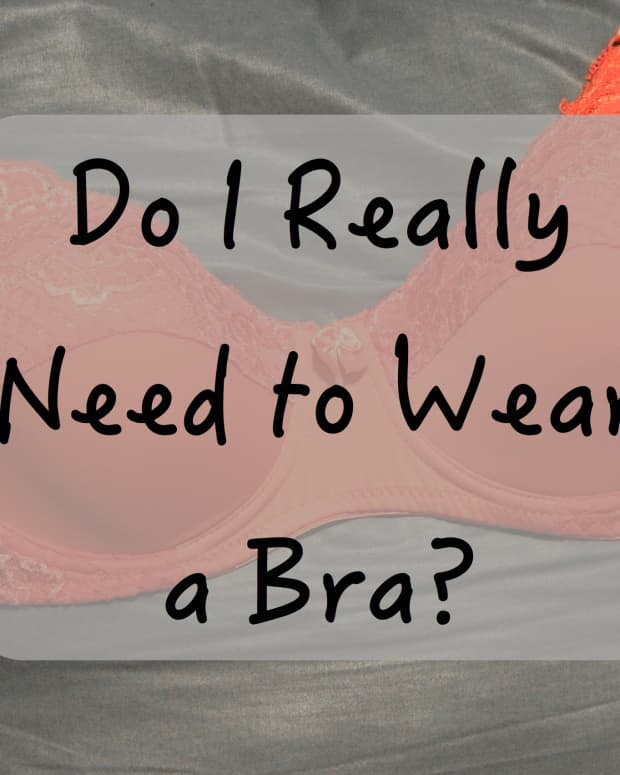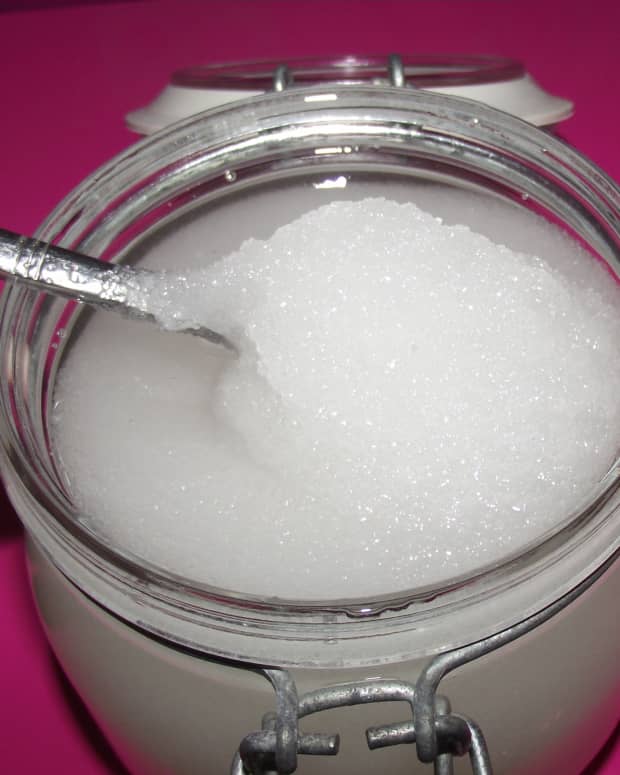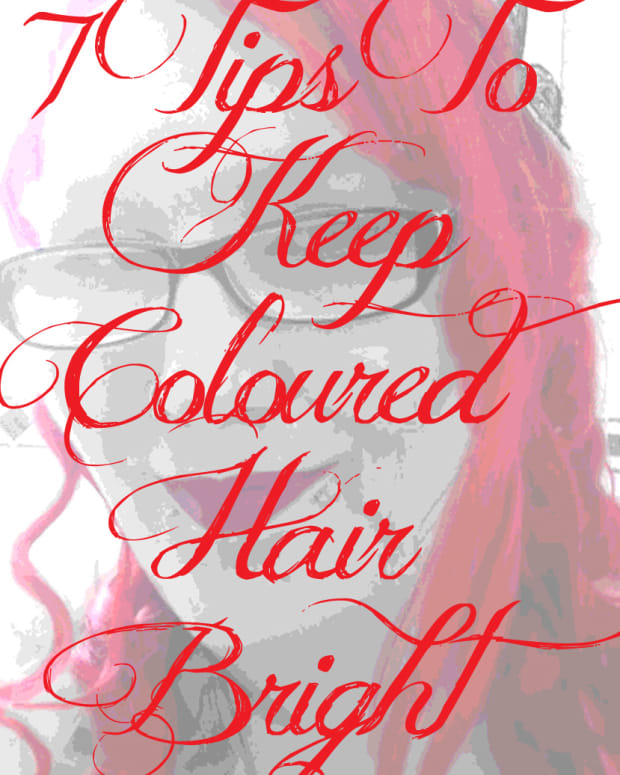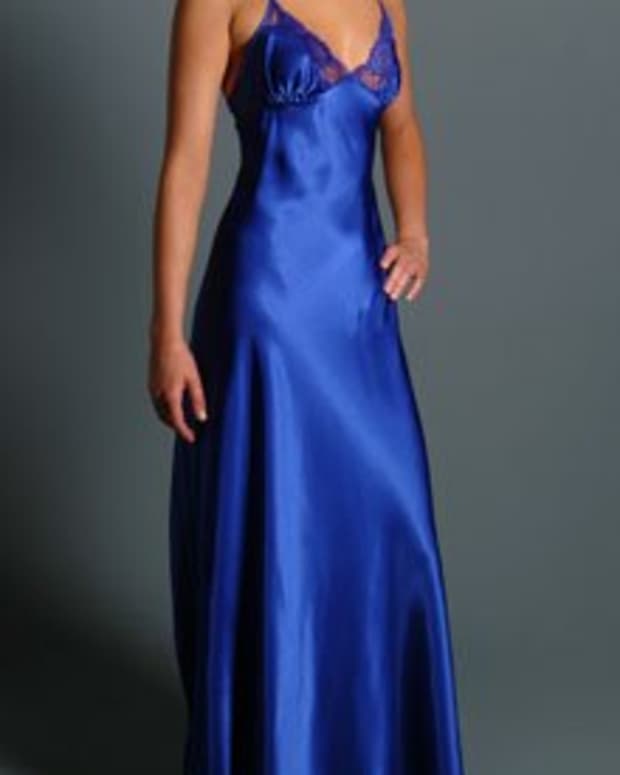The History of the Corset
Lynsey has completed courses in corsetry, dressmaking, and pattern cutting and enjoys sewing in her spare time.
Corsets Are Timeless!
In essence, corsets have been worn for thousands of years, and the concept of restricting the waist and shaping the female figure is an ancient one. Evidence of similar garments have been dated to as early as 2000BC.
Still, the popularity of corsets didn’t really begin until the 16th century and, in one way or another, has continued until the present day. Let's explore the changing style of the corset from then until now.
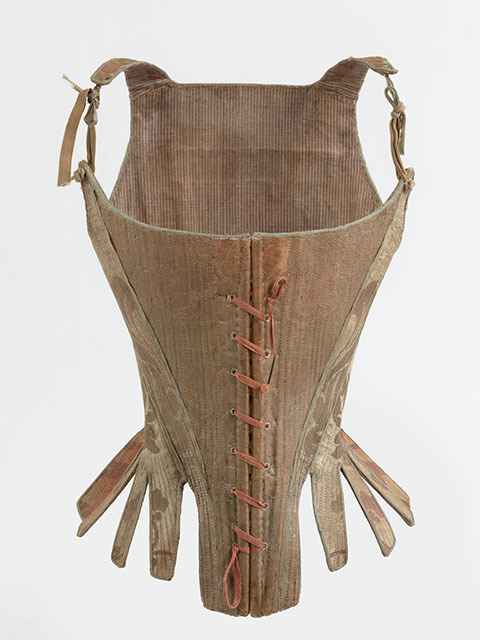
This would be what a 16th century corset looked like.
Corset, 1770-1790. Jacoba de Jonge Collection in MoMu - Fashion Museum Province of Antwerp, www.momu
16th Century
This time period began the popularity of Corsetry which evolved from the French word “cotte.”
Some of the earlier corsets were extremely uncomfortable to wear, as the boning was often made of iron. However, as their popularity grew, production methods changed somewhat to allow for more comfort, and the iron was replaced with wood or whalebone. The cut of the pattern was altered to allow for more movement of the legs and comfort while sitting down.
Even as the technology improved, the corset remained a controversial item of clothing, and some women blatantly refused to follow the fashion and wear one. Mary, Queen of Scots, was known for refusing to wear a corset.
These style corsets are often referred to as either Tudor or Elizabethan, named after royalty. You will find this is true throughout the historical periods.
The typical features of this corset included short sleeves, which could be detached in some cases, and a squared neckline, to allow the garment to remain unseen underneath the cut of the dresses that were fashionable at the time. The corset was designed to flatten the stomach and push up the breasts, giving an enhanced décolleté. Typically, the body was longer at the front and shorter at the sides to accommodate for leg movement. There were also a lot of corsets that were front laced to allow ladies to dress themselves and allow easy access to replace the front busks, which broke easily.
17th Century
In terms of shape and structure, these corsets were very similar to the previous century.
There was a change in the neckline, which became wider to accommodate the off-the-shoulder dresses. Other minor alterations were added to the design, including wider armholes to allow the bodice sleeves to move freely.
The corset was still a piece of underwear; it would be scandalous to have it on show. Therefore minor changes were made to allow it to remain unseen under the period’s fashionable dresses.
There was the introduction of a bit more curvature to the corset, with the waist getting smaller and the introduction of a peplum waist or a slight flair at the waist.
18th Century
Typically, these corsets evolved into a more pointed V-shaped design than the previous century, although the overall design remained similar.
Their primary purpose was to lift and shape the breasts, reduce the waist, and promote good posture. There was a slight narrowing at the waist, hence the V-shape, and it still remained to be worn as a piece of underwear, only seen in extreme circumstances.
These corsets were very comfortable to wear, with little restriction. However, they did restrict bending at the waist. This is better for the back, so it was seen as a positive side effect.
Read More From Bellatory
19th Century
The main purpose of this corset was to support and shape the breasts. While they still slimmed the midriff, this was not the prime purpose. The waistline had risen to just below the bust line, and by the 1930s, the corset had taken on a more voluptuous, hourglass shape.
Interestingly, the hourglass shape of the 19th century is the most common type of corset shape used today. During the 1930s, the word “corset” was also used in English to describe the garment. The body of the corset was lengthier than previous centuries and no longer ended at the hips but flared out and ended several inches below the waist.
Thanks to the industrial revolution, corsets had begun to be mass-produced, and as a result, were cheaper to buy. While many corsets were still sewn by hand to the wearer’s measurements, there was also a thriving market for the cheaper, mass-produced corsets.
This is partly why they became so popular, as they were no longer a luxury item, restricted to the upper class. The use of spiral steel also meant that the shape of the corset were more feminine than ever and highlighted a women’s assets while making her waist appear tiny. During the mid-1800s, tightlacing and waist training became popular, with females everywhere trying to achieve a more attractive shape.

The late 19th and 20th centuries saw the corset come in many different shapes and sizes.
https://upload.wikimedia.org/wikipedia/commons/6/67/Corsets.jpg
20th Century
The corset changed a lot within the 20th century. Technology was fast adapting, and newer and better ideas kept emerging. The corset evolved into an underbust garment designed mainly to reduce the midriff and hips and create a long, thin shape. The corset was very long and went all the way to the tops of the thighs, which restricted movement a great deal, and forced wearers to take small, dainty steps. This allowed them to appear more ladylike but severely limited their day-to-day activities.
In 1913, fed up with the boning poking into her, British socialite Mary Phelps Jacob invented the first brassiere, which she fashioned out of two handkerchiefs and pink ribbons. It was a hit and requests came pouring in for more brassieres.
This invention further impacted the corset development, and by the 1950’s, girdles and high waisted pants replaced many corsets. Basques became popular, as seen in the pin ups of that time, and they were generally a more comfortable, less rigid piece of underwear, although they were mainly worn for show.
Interestingly, this is when the Burlesque/Cabaret era became popular, with women feeling empowered and no longer ashamed to be seen in the near nude. Coincidentally, both of the wars during the first half of the century had encouraged people to live a little, and have more fun, and for the first time, corsets alone were beginning to be accepted as outerwear.
During the 2nd half of the 20th century, the corset trends seemed to revert to those of the Victorian period, thanks to their curvy shape and waist reducing capabilities. After the 60’s and 70’s, people were generally more liberated, and while still shocking, corsets could be worn as outerwear in some social circles.
Interestingly, the general style of the modern corset, right through to modern day has remained to be the victorian style, with the hourglass shape, ample bust and small waist. It has also remained to be strapless, and to lace at the back.
Not many changes have occurred to the original pattern, although modern versions may have a lower bust-line or be adapted to be under-bust varieties, as bras have replaced the need for up top support.

Corsets have proved to be an essential part of the cabaret costume for most performers.
Glamtastik via etsy
Contemporary Corsetry Corsets
Corsets remain to be a popular choice, even among the women of today. While it may no longer be worn for everyday wear, the corset is used to glamourize an outfit and is often worn for special occasions.
Waist training is still practiced, although it is not the primary reason for wearing a corset these days.
Thanks to modern-day technology, corsets can now be mass-produced and sold relatively cheaply, so most women own at least one. Unfortunately, due to the production scale, corsets tend to be made to set sizes from substandard materials and don’t flatter the shape or last more than a few wears. However, quality corsets are still made by hand, with quality materials, and typically cost at least a couple of hundred pounds.
There are two main markets for corsets in the modern-day, bridal and couture.
As the name suggests, the bridal market is aimed at brides and bridesmaids, and the couture market is more aimed at cabaret performers and fans alike.
Bridal Corsetry
Corsetry in bridalwear is growing ever popular as the corset gives the bride a more flattering shape for her wedding day; those are all important photos!
It also gives more support to the bustier ladies, as many wedding dresses are now strapless.
Typically, the Victorian corset is used, but there can also be Elizabethan variations. Naturally, both have evolved to fit the purpose. The Victorian styles are usually altered to be shorter in the body to ease movement and comfort throughout the day. The Elizabethan variations often have the straps removed for a squared bustline and accentuated V-shaped waist.
Depending on the dress designer, and the client’s body shape, both periods can be combined to get the curvy figure and the straight-looking bustline.
Some designers make a corset feature and show the stitching and boning channels as part of the overall design. In contrast, other designers choose to be more discreet with the dress's structure and apply a beautifully ornate fabric over the top to conceal the boning and general construction.
Cabaret Corsetry
Cabarets have been steadily increasing in popularity in Britain since the start of the 21st century and saw a big boom in 2006 with the launch of Club Noir, which holds various events and performances in venues around Glasgow and the rest of the UK.
Corsets have proved to be an essential part of the costume for most performers and are often used in several acts. Because of this, they are typically custom made to be true to size, or even slightly slack, so that they can be swiftly changed between acts without causing a sudden rush of blood to the head, which can happen while waist training or simply wearing a tight corset.
The corsets themselves are usually adorned with appliques and crystals, and the fabrics are typically lustrous and shiny. Typically, the corset type used is Victorian, with a slightly more plummeting bustline and often suspender hooks along the bottom. The Victorian corset is the best choice for this particular market because it accentuates curves and gives a beautiful hourglass shape.
Overbust corsets are the most popular style; however, some performers prefer an underbust corset, as this can be coupled with lots of different types of bras for a new look at every curtain. This individual requirement often spills over, and the artists often customize the garments to ensure that theirs is one of a kind.
It isn’t only the performers who create the demand for corsets; the audience is often encouraged to dress to impress when attending the shows, so any cabaret fans who are true to the cause often have at least one variation in their wardrobe!
Contemporary Corset Makers
While the mass production of corsets reduces the need for skilled corset designers, many designers utilize this piece of clothing in their fashion collections each year. This is probably because there are still people out there who strive for quality garments rather than cheap imitations.
Due to the increase in popularity, and the ever-growing number of celebrities who want to make a statement by wearing a corset, there will always be a demand for them. Rihanna and Lady Gaga are among a long line of pop stars who have boldly used corsets to attract attention. However, their choice of materials and decorations were more shocking than the garment itself.
Mr Pearl
While Mr Pearl may not be the most famous design, he certainly is one of the most talented corset designers.
As corsetry is his specialty, he has been commissioned to help many big-name designers such as Jean-Paul Gaultier, Thierry Mugler, John Galliano, Alexander McQueen, and Lacroix with their projects and collections.
He has an 18 inch trained waist and wears a corset himself 24/7.
He has had years of experience fashioning corsets, and hand finishes his corsets, so it's no surprise that he is Dita Von Tease’s favorite designer.
Dita isn’t his only fan; Kylie Jenner, Beyonce, and Jerry Hall are also very into Mr. Pearl's designs.
Vivienne Westwood
Vivienne Westwood, who rose to fame because of the punk era and her collaboration with The Sex Pistols, has a career spanning over half a century. She has used corsetry within her collections to represent sex, bondage, restraint, and fetish for many years and enjoys using the garments to evoke shock and intrigue.
She has received an OBE and then later a DBE from the Queen for her services to fashion.
One of Westwood's most famous pieces is a highly decorative beaded corset dress titled “The Queen of Sheba.” This piece was designed by Westwood and commissioned by Mr Pearl. The Victorian shape gives a curvy shape with a large bust and hips, creating the classic hourglass shape. The hand-sewn pearls show a naked female torso and muscle contours and is topped off with anatomically correct nipples. It has been worn by Linda Evangelista and Demi Moore.
Westwood is also one of the only modern designers to feature Elizabethan style corsets in her collections and often focuses on the fabric's pattern for a high level of detail. She likes to use tartan fabrics and high-quality silks and velvets, and the combination of sturdy construction and quality fabrics make for truly unique corsets.
Jean-Paul Gaultier
Jean-Paul Gaultier is one of the most famous fashion designers of modern times; it is shockingly to learn he had absolutely no formal training in this area. Instead, he landed a job with Pierre Cardin because he repeatedly sent design ideas and inspirational sketches. Even in his early years, he designed unusual, incredibly shaped clothes.
Gaultier typically uses the Victorian style when it comes to corsetry, although he has a tendency to alter the shape to make an obscure feature of a specific body part.
For example, the Conical corset made famous by Madonna in the early 1990s is more or less a Victorian style. Still, the bottom has been straightened to allow for freedom of movement, and the cups have been made into elongated conical shapes that are totally unnatural.
In general, the distortion of the female form is quite apparent in many of Gaultier’s corset designs, which is why he also likes to use Edwardian corset styles, which tend to highlight the hip area.
Gaultier is also fearless when it comes to construction materials, often opting for metallic fabrics or crafting designs from pieces of real metal. These are quite popular within the Steampunk movement, but not many people can afford such extravagant pieces.
As with so many of his corset creations, the trusty Mr. Pearl is usually always on hand to advise on pattern creation and construction.
What Is the Future of Corsetry?
I don’t think that the corset will fade away any time soon. With such a boom in popularity, due to the cabaret revival as well as the surge in popularity within bridalwear design alone, I believe that the corset will remain to be a part of the fashion for centuries to come.
There is also the influence of pop stars and other celebrities; for as long as there is a corset worn anywhere on a red carpet, they will remain to be desired by the general public.
Whether the art of corsetry will remain to be is another question. Due to the mass production of corsets and the desire to get a bargain, I think the corsetry art may die out. As sewing machines and computer-aided machines become more complex, there will be a limited need for skilled designers. I can only hope that there will remain to be a few die-hard fans who can appreciate the difference between a hand-crafted, perfectly fitted corset and a cheap synthetic imitation.
Hopefully, the designs of Gautier, Westwood, and Mr. Pearl will continue to inspire the masses and encourage the desire for quality corsets.
© 2013 Lynsey Hart
Comments
Lynsey Hart (author) from Lanarkshire on December 20, 2015:
Thanks Susan! I done a course on corset making and part of it was investigating the history of the garment. It was really amazing to see the contrast between modern day use and the traditional use. Thanks for stopping by, and for your comment!
SusanSaies on December 19, 2015:
What a fascinating look into this part of the history of women's attire!
Lynsey Hart (author) from Lanarkshire on January 11, 2015:
Hi POetryman! I do apologise, it appears your comment was initially marked as spam! I am not sure how! I also love the arty corsets. Thanks for your view and your comment :)
poetryman6969 on December 23, 2013:
Love the artwork on the corsets
Lynsey Hart (author) from Lanarkshire on August 31, 2013:
It is amazing to think of how long they have been around for! As well as the fact that the design really hasn't changed for over 100 years! The way they are put together hasn't changed much either, apart from the fact that you can get parts cheaper, which usually means they are of a lower quality! Thanks again for the comments! :)
Shelley Watson on August 31, 2013:
First time I've read about them. Very interested in history generally, and quite frankly was amazed how something I thought was simple had such an interesting history. Also found it's modern day usage in haute couture and in the on stage lives of celebrities entertaining.
Lynsey Hart (author) from Lanarkshire on August 31, 2013:
Thanks!!!! I'm glad you enjoyed it! Have you an interest in corsets previously, or is this the first you've read about them?
Shelley Watson on August 31, 2013:
What a fabulous, wonderful read. I so enjoyed this - thank you sparkleyfinger. Voted up, interesting and beautiful. Sharing and Pinit too.
Lynsey Hart (author) from Lanarkshire on August 19, 2013:
Thanks!I have a couple of corsets, and I am considering waist training as I lose weight, but it is the thought of the discomfort that puts me off! Thanks for the read and comment :)
freecampingaussie from Southern Spain on August 19, 2013:
I found this really interesting but am so glad we don't wear them these days as they look so uncomfortable!
Lynsey Hart (author) from Lanarkshire on June 09, 2013:
I agree! The longest I've been able to wear a corset was 4 hours! I was in agony afterwards. How anyone can do it 24/7 is beyond me, but I admire their determination! Thanks for the comments :-)
Rachel Vega from Massachusetts on June 09, 2013:
Oh! Painful, but sooo beautiful. I can't imagine wearing one 24/7 like Mr. Pearl, though! I wonder if he eats...? ;)
Voted up, beautiful, and awesome.
Lynsey Hart (author) from Lanarkshire on June 04, 2013:
Thanks!! Wee typo there, thanks for spotting it! I know, they look painful!
Beth37 on June 04, 2013:
Sleeves! My word, could these things get any crueler? I don't know how any of us are here now, it seems like women would have lost the ability to have children normally at some point. In the paragraph after 19th century, did you mean voluptuous? Anyhoo, great article.










